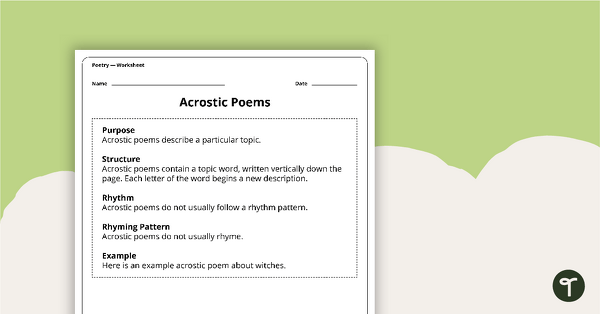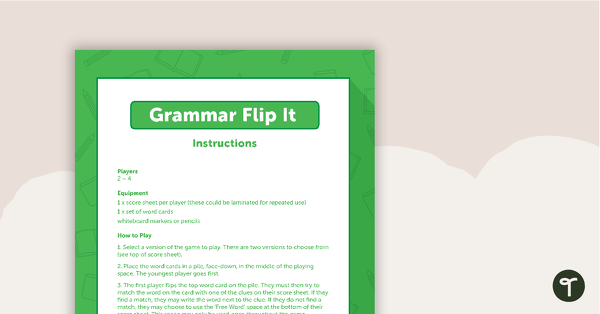An acrostic poem template to use in the classroom to celebrate Earth Day and National Poetry Month.
Use this acrostic poetry template when encouraging students to share their ideas about the planet, Earth.
With Earth Day falling right near the end of National Poetry Month, you can celebrate two events in one!
Benefits of Acrostic Poetry
Using the letters in a topic word to begin each line of a poem, acrostics are a creative way for students to write about what they’ve learned on a particular topic, what they know about a character in a book, or their own thoughts about a subject.
This acrostic poem pack includes templates for each of the following Earth Day words
- Earth
- Reduce
- Reuse
- Recycle
- Conserve
This poetry structure works as a scaffold for students that allows them to develop their ideas and choose interesting words to share their thoughts












0 Comments
Write a review to help other teachers and parents like yourself. If you'd like to request a change to this resource, or report an error, select the corresponding tab above.